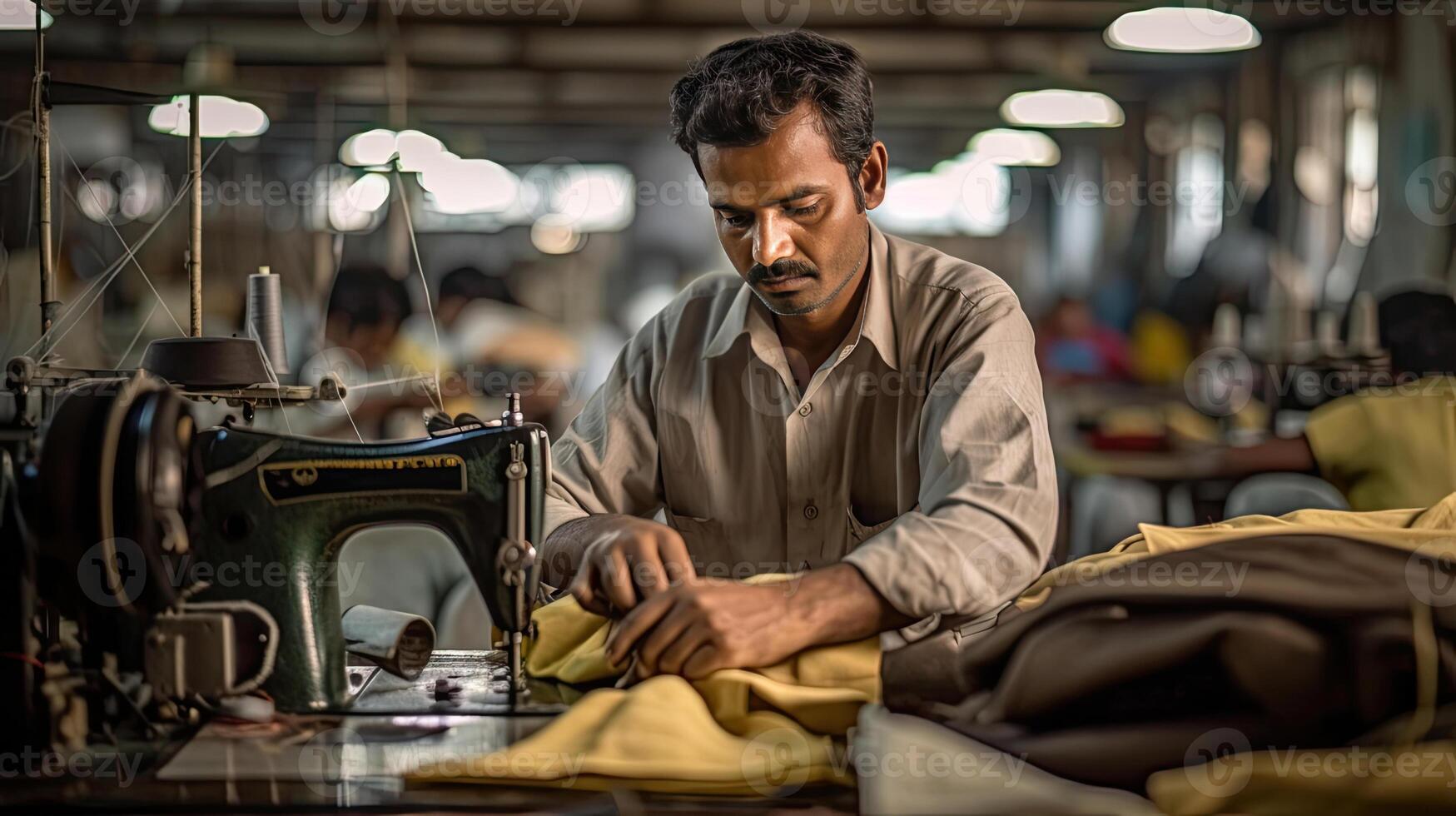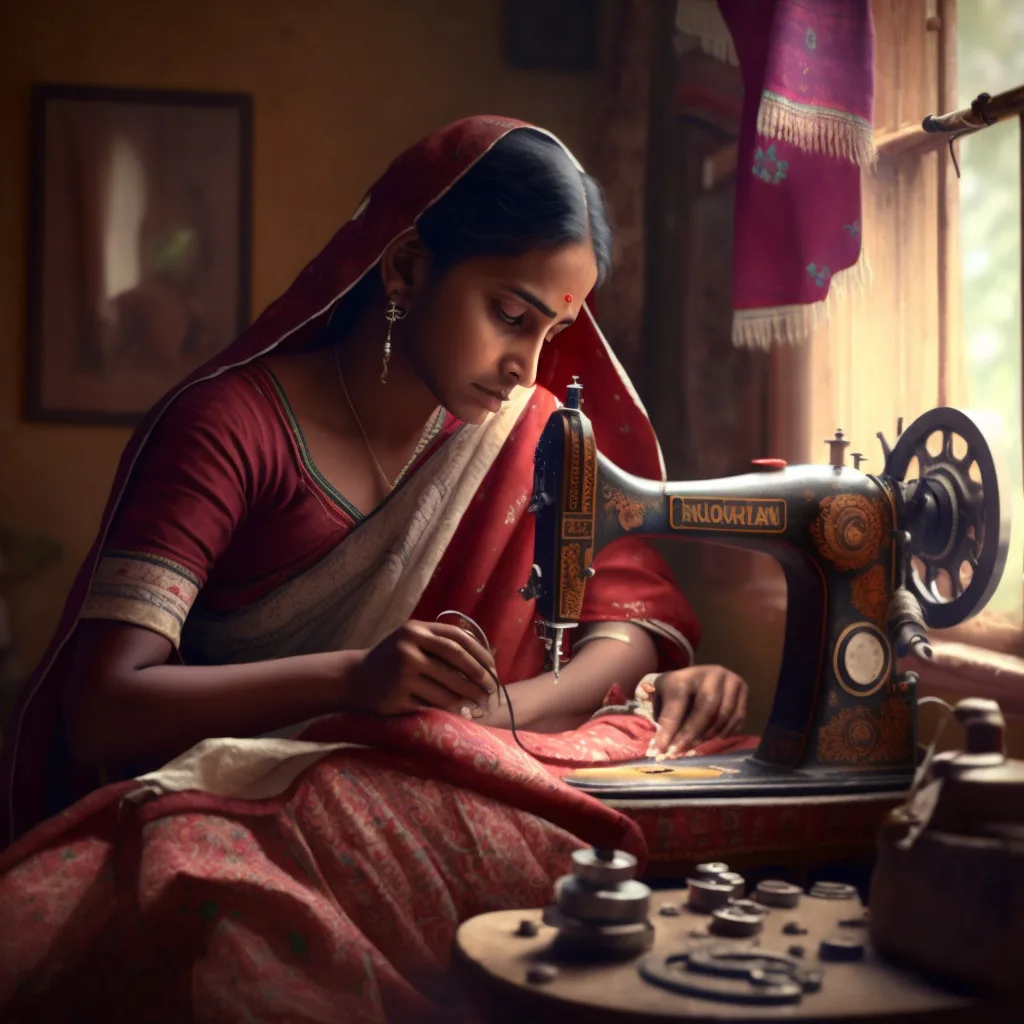Comprehending the Tailoring Process: From Fabric Choice to Final Fitting for the Perfect Closet
The tailoring procedure is a complicated interaction of art and science, beginning with the important decision of material selection and finishing in the accurate adjustments of last fittings. Each material kind brings one-of-a-kind top qualities that influence not just the aesthetic charm but also the garment's durability and suitability for various celebrations.
Relevance of Material Option
Selecting the ideal fabric is important in the tailoring procedure, as it directly affects the comfort, toughness, and general visual of the final garment (tailor perth). The selection of fabric sets the structure for the garment's style, performance, and performance. Different textiles possess special buildings, such as weight, stretch, and breathability, which can significantly affect how the garment drapes and fits the body
Furthermore, material choice affects the garment's durability and simplicity of treatment. High-grade fabrics can withstand wear and tear, keeping their appearance and structure over time, while lower-quality products might cause pilling or fading. Furthermore, the best textile adds to the garment's capability to shift across occasions and periods, consequently improving flexibility.
A customized item made from a proper material not just showcases workmanship however likewise raises the wearer's self-confidence. As a result, comprehending the subtleties of textile choice is paramount for any kind of tailoring venture. It guarantees that the end product not just fulfills the aesthetic needs of the client yet likewise aligns with useful demands, thereby attaining a harmonious equilibrium between kind and function in the customized wardrobe.
Kinds of Fabrics and Their Usages
Understanding the numerous kinds of materials available is essential for making educated decisions during the customizing process. Each material possesses special attributes that determine its suitability for certain garments and events.
Cotton, known for its breathability and softness, is suitable for casual wear and summertime clothes. Its flexibility permits it to be tailored into whatever from t shirts to gowns. Wool, on the other hand, is favored for its heat and framework, making it an excellent selection for official suits and outerwear - tailor perth. Its natural flexibility assists garments keep shape gradually.
Silk emanates deluxe and is lightweight, making it perfect for eveningwear and delicate shirts; nevertheless, it needs cautious handling because of its delicacy. Bed linen, with its distinctive coating, is a popular choice for cozy climates, giving a airy and crisp feel, but it wrinkles conveniently, which might impact the garment's appearance.
Synthetic fabrics, such as polyester and nylon, deal toughness and resistance to creases, making them appropriate for daily wear and active clothes. Recognizing these fabric types and their residential properties permits much better decision-making, making sure that each tailored piece not just fits well yet likewise lines up with the intended purpose and celebration.
The Tailoring Methods Described
The art of tailoring relies on a variety of methods that change material into well-fitted garments. Central to this procedure is pattern preparing, where a dressmaker develops themes based on the client's dimensions and preferred style. This preliminary step ensures that the garment will certainly fit the wearer correctly prior to any type of cutting takes place.
When patterns are established, reducing techniques enter play. Precision is extremely important as errors can bring about misfitting garments. Tailors frequently utilize numerous cutting approaches, such as single-layer cutting for intricate layouts and multiple-layer cutting for performance on common patterns.
Basting is another crucial method, permitting tailors to momentarily stitch textile assemble for a preliminary installation. This technique uses the possibility to assess the drape and total shape before final stitching.
Seaming strategies, consisting of french joints and flat-felled joints, improve the garment's longevity and aesthetic allure. Tailors also utilize strategies such as interfacing and cushioning to provide structure and form to specific areas, like collars and shoulders.
Last but not least, finishing methods, consisting of hemming and edge completing, ensure the garment's long life while providing a polished appearance. With each other, these strategies develop the foundation of effective tailoring, leading to elegant, custom-fit garments.
Fitting Adjustments and Considerations

Secret considerations include the shoulder fit, which ought to neither sag nor restrict activity, and the sleeve length, which should enable for comfy arm movement while keeping a polished look. Furthermore, modifications at the waistline can refine the shape, with options to let out or take in textile as needed.
The rise of trousers is one more crucial element; it needs to rest comfortably above the hips without triggering discomfort, allowing for simplicity of movement. Hemming sizes for both pants and skirts need to mirror the user's favored style while appreciating proportions.

Preserving Your Tailored Wardrobe
Always follow the care label directions, which may recommend dry cleansing for delicate materials or maker cleaning for even more long lasting materials. Avoid constant laundering, as this can put on down the material and change the garment's shape.
Storage space is just as crucial; usage cushioned hangers for layers and jackets to keep shoulder framework, and store trousers folded up neatly or hung to avoid creasing. Protect garments from direct sunlight, which can discolor shades and damage fibers.
Additionally, routine examinations for minor repair services can stop bigger problems. Check for loosened buttons, fraying joints, or indications of moth damage, resolving these issues promptly to maintain the garment's stability.
Lastly, take into consideration seasonal rotation. Wearing customized items in small amounts allows materials to recover, expanding their lifespan. By applying these upkeep approaches, you can guarantee that your customized garments stay as immaculate as the day you first used them, enhancing your excellent wardrobe for years ahead.
Conclusion
The customizing procedure, sites encompassing fabric choice, knowledgeable strategies, and accurate suitable modifications, plays a critical duty in developing garments that boost both convenience and style. Comprehending the significance of maintenance expands the life of tailored garments, solidifying their worth in a well-curated wardrobe.
Selecting the appropriate fabric is find out here now important in the tailoring procedure, as it straight affects the convenience, durability, and total visual of the last garment. The choice of fabric sets the structure for the garment's functionality, efficiency, and design. Various materials possess unique homes, such as stretch, weight, and breathability, which can significantly affect exactly how the garment drapes and fits the body.
The art of tailoring counts on a selection of methods that transform textile into well-fitted garments.The customizing process, incorporating textile choice, competent strategies, and exact fitting changes, plays a vital function in creating garments that boost both comfort and design.